Many of us think that hibernating animals go to sleep in the autumn, and wake up in the spring in time for the warmer weather. But there's more to hibernation than that. There are different states of hibernation in hot and cold environments with variable functions, durations and dangers to the animal in question.
In our expert guide, we take a close look at hibernation, aestivation, torpor and denning – including whether they're dangerous and which animals do them.
What is hibernation?
Hibernation is a way for many creatures – from butterflies to bats – to survive cold, dark winters without having to forage for food or migrate to somewhere warmer. Instead, they turn down their metabolisms to save energy.
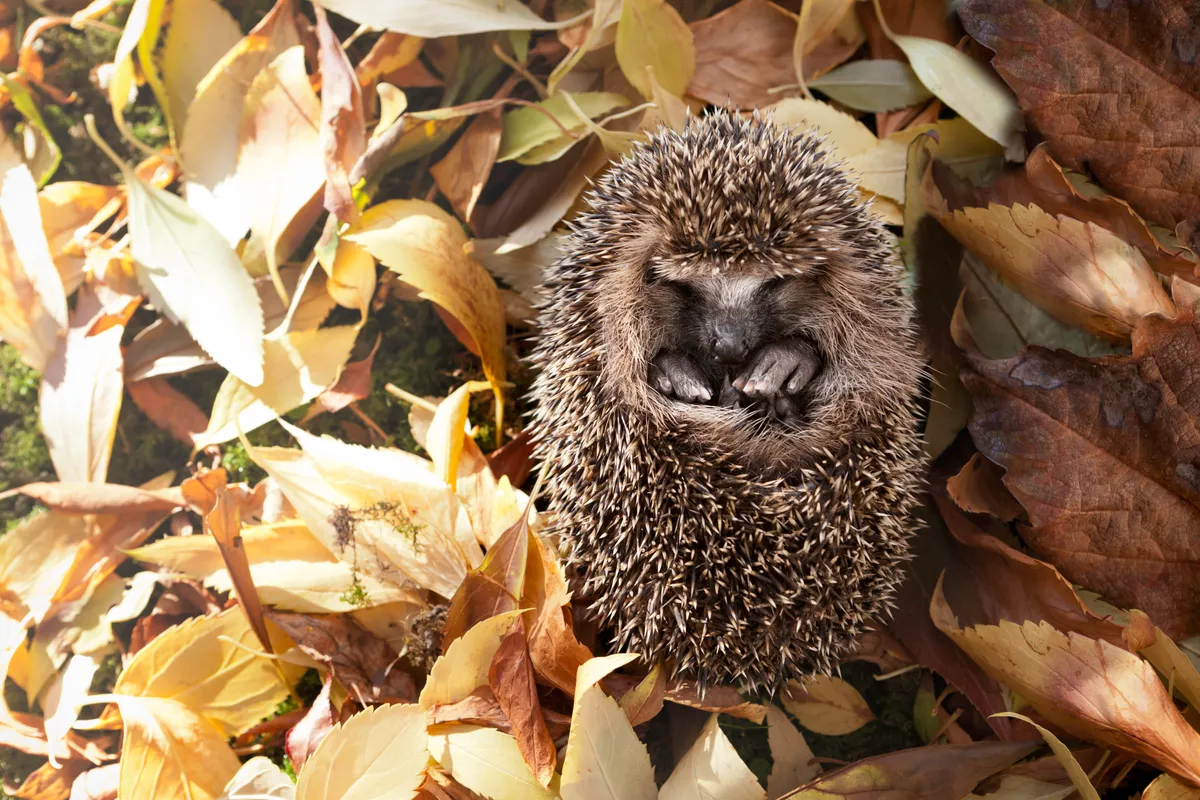
Animals in hot climates also undergo a form of hibernation called aestivation. This works in a similar way and enables them to survive extreme heat, drought or lack of food.
Hibernating is much more profound than simply sleeping, though. Depending on the species, it can vary from long, deep unconsciousness to light spells of inactivity.
But hibernation carries risks as the dormant animal is vulnerable to predators and the unpredictable climate.
Which animals hibernate?
Small mammals, such as chipmunks, dormice, hamsters, hedgehogs and bats. Also, many insects, amphibians and reptiles.
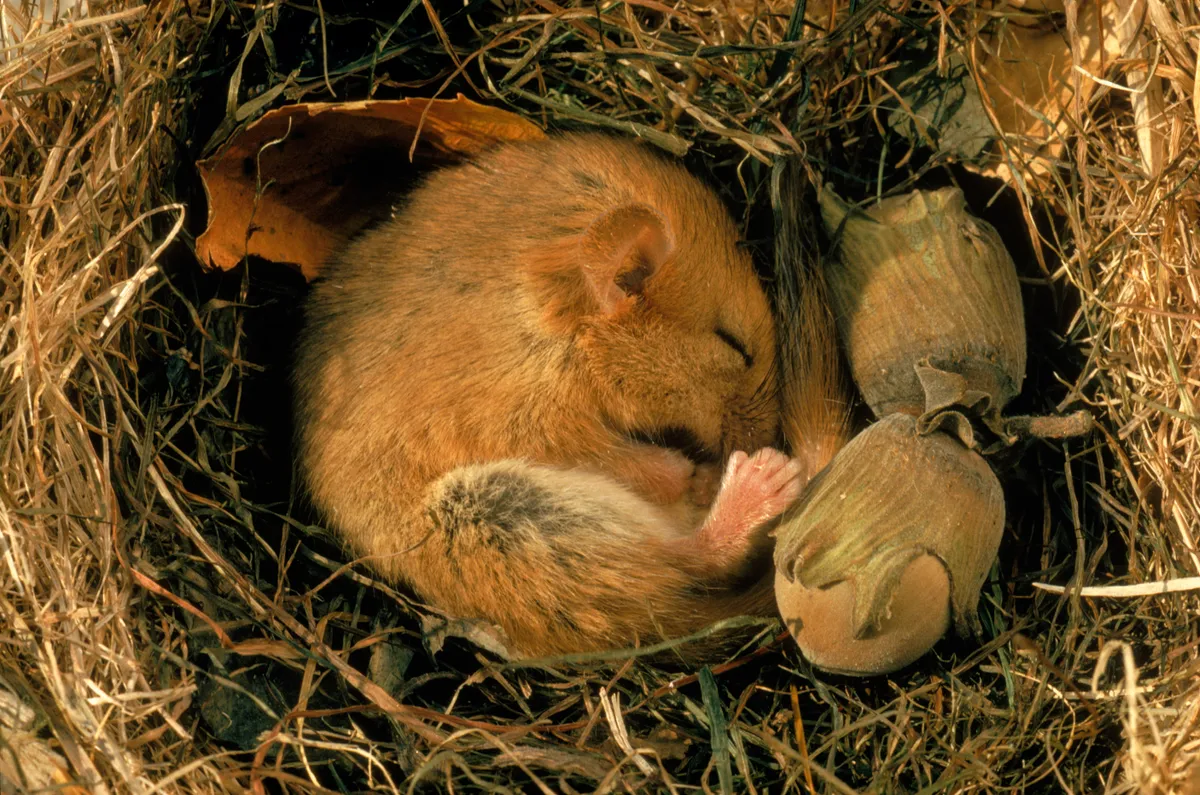
Do all of Britain's mammals hibernate?
There are only three types of animals in Britain that are true hibernators: dormice, hedgehogs and bats. It isn’t a very long list and there are some omissions that might surprise people – mice and voles, for example, are active and alert all winter, and squirrels don’t just stay awake, they breed in January.
Shrews should be perfect candidates – small and fast-moving, with bodies that lose heat rapidly, a high metabolic rate and an insectivorous diet. In the winter, they sleep for longer, hunt mostly underground, yet rarely (if ever, depending on the species) go torpid and they don’t hibernate. In the autumn, all the breeding adults die off, so that the year’s youngsters are left to carry on the generations.
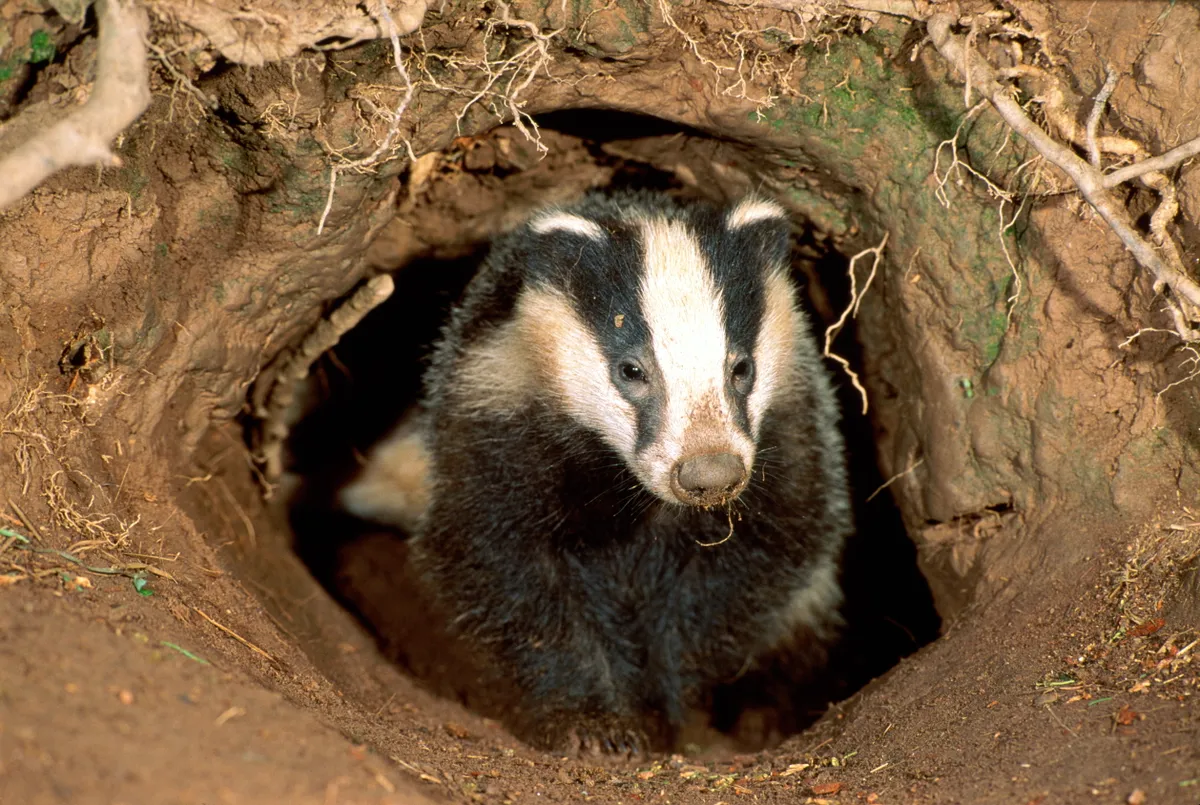
At the other end of the scale, the badger enters into a state known as winter lethargy. Between November and February, it spends most of its time underground, puts on weight and its body temperature may drop. But that isn’t hibernation.
Do butterflies and other insects hibernate?
Some insects, such as butterflies, ladybirds and some bees, overwinter in the adult stage. Of our butterflies, 9 overwinter as an egg, 32 as a caterpillar, 11 as a pupa and 6 as an adult, including the brimstone, red admiral, small tortoiseshell, comma and peacock (plus the very rare Camberwell beauty.)
In the case of butterflies, overwintering teeters between simple torpor and diapause; though the insect is outwardly an adult, it may not yet be reproductively mature.
All these adult insects are liable to be roused by unseasonably sunny days. Every year, peacock butterflies, for example, are spotted around Christmas and New Year flying in gardens, with newspapers subsequently predicting the end of the world.

You might also find butterflies on the move inside a house, where unseasonably warm central heating has roused them from a hiding place. Once again, this is neither unusual nor necessarily fatal. The next drop in temperature may send them back into cover again to resume their dormancy.
However, there can be a shadow to sunny winter-day forays. A short arousal from torpor won’t necessarily harm a butterfly directly, but the costs in energy expended in flying about and looking for a new hibernation site might cause it stress later on. It might run out of its fat reserves and die before the spring.
Do reptiles and amphibians hibernate?
In the UK, frogs, toads and newts all change their behaviour as soon as the frosts start, in October. All retreat to secluded spots on land, away from direct exposure to the elements – under logs or piles of stones, inside a hole in the ground or in a compost heap, for example. The latter are particularly favoured by slow-worms, often in groups, while other lizards hibernate alone in small hollows.

Natterjack toads bury into the sand, while all British snakes select sites such as disused rabbit burrows for communal quarters known as hibernacula.
On occasion, toads, newts, lizards and even snakes will all gravitate to the same hollow, former enemies entering into a sleepy truce. All of these exothermic vertebrates can be roused by warm winter days – frogs may hunt for food and snakes bask in the weak sunshine.
The big exception among herptiles is the common frog, the adult males of which often winter in the mud at the bottom of ponds. They can breathe simply by the exchange of gases through their skin, rather than the lungs, and since they are inactive, they burn very little internal fuel. In most winters, the arrangement is perfect, but fatal if the pond freezes solid.
Do birds hibernate?
There’s a world of difference between a deep sleep and hibernation proper. During cold or wet weather, parent swifts find it hard to catch enough airborne insects, so their chicks back at the nest chill themselves, reducing their metabolism to go without food for 48 hours – enough to survive until the front passes. But this is semi-torpor, not hibernation.
Many normally hyperactive hummingbirds do something similar, entering a state of suspended animation. Their metabolism slows right down, their breath hardly detectable. Again, however, this is an example of torpor.

Just one bird is known to be a true hibernator: North America’s common poorwill. This beautifully camouflaged nocturnal bird is a relative of the nightjar found in Britain, and in winter often hibernates among rocks. It can slash its oxygen intake by 90 per cent, while its body temperature plummets to 5°C, barely reg
How do animals prepare for hibernation?
Mammals feed heavily in summer and autumn, storing fat to see them through the winter.
Is hibernation dangerous?
Animals may die during hibernation from lack of fat, severe weather or premature awakening. Plus, they can be vulnerable to predators.
How long can animals hibernate for?
How’s this for a hibernation? In 2012-13, during a year of failure of their favourite food, beech mast, five fat (edible) dormice from the Vienna Woods hibernated continuously for 11 months, with one adult female inactive for 346 days! That’s not sleeping away the winter, that’s sleeping away your life.
How does hibernation work?
A hibernating animal’s metabolism slows and its temperature plunges – in ground squirrels it can fall to -2°C. Breathing slows and, in bats, the heart rate can fall from 400 to 11 beats per minute. Some cold-blooded animals, such as wood frogs, produce natural antifreezes to survive being frozen solid.
Do animals sleep for the whole of hibernation?
Most of us assume that animals go to sleep in autumn and wake up again in spring, when the weather warms up. But while this is broadly true, hibernation is far more complicated and mysterious than that. And it is not actually a ‘sleep’ at all.
When a hedgehog dozes off in summer, for example, its body temperature of about 35°C will drop a few degrees and its breathing will be slower but remain steady and regular. During hibernation, however, its temperature plummets to about the level of the outside environment. Its metabolic rate will be 2 per cent of its normal summer activity and its heart rate will drop from 110-150 beats per minute down to anywhere between 5 and 70 beats per minute.
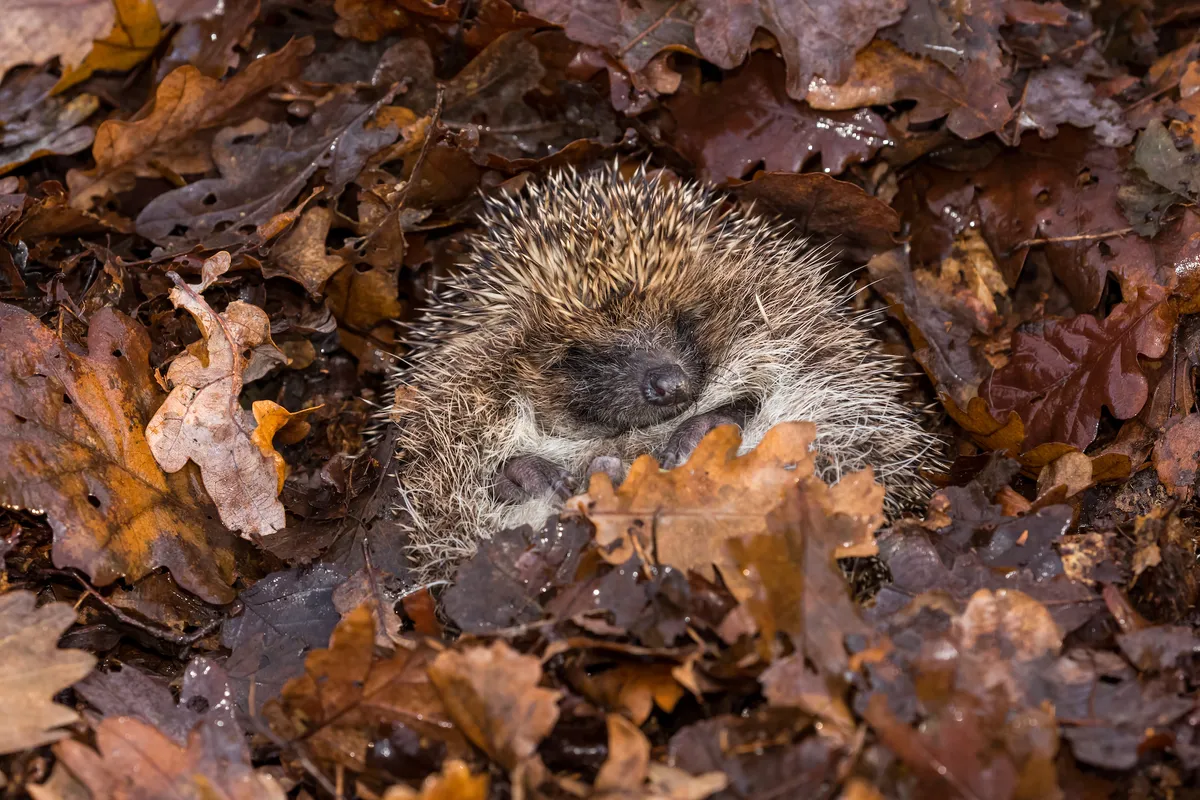
The breathing alters drastically, too. When awake, a hedgehog breathes about 25 times a minute, regularly and rhythmically. In deep hibernation, it can go two hours without a single breath and, when it does resume, it does 40-50 rapid breaths that tail off until the long gap to next time.
In addition to all that, a hedgehog eats feverishly and puts on a lot of fat, which it will use as a fuel store. These are profound, long-lasting and deep-seated changes. Whatever hibernation is, it’s not a sleep.
Do animals ever wake up during hibernation?
Though the physiological changes are profound, usually no animal in hibernation remains completely torpid for more than about 30 days at most, which is the case for hazel dormice and fat dormice.
Bouts of torpidity are regularly interrupted by periods of so-called ‘euthermia’, when the animal heats up, wakes up and may move around for several hours, or even longer, breaking its hibernation. This is a good opportunity to expel waste products and, in certain conditions, have a snack.
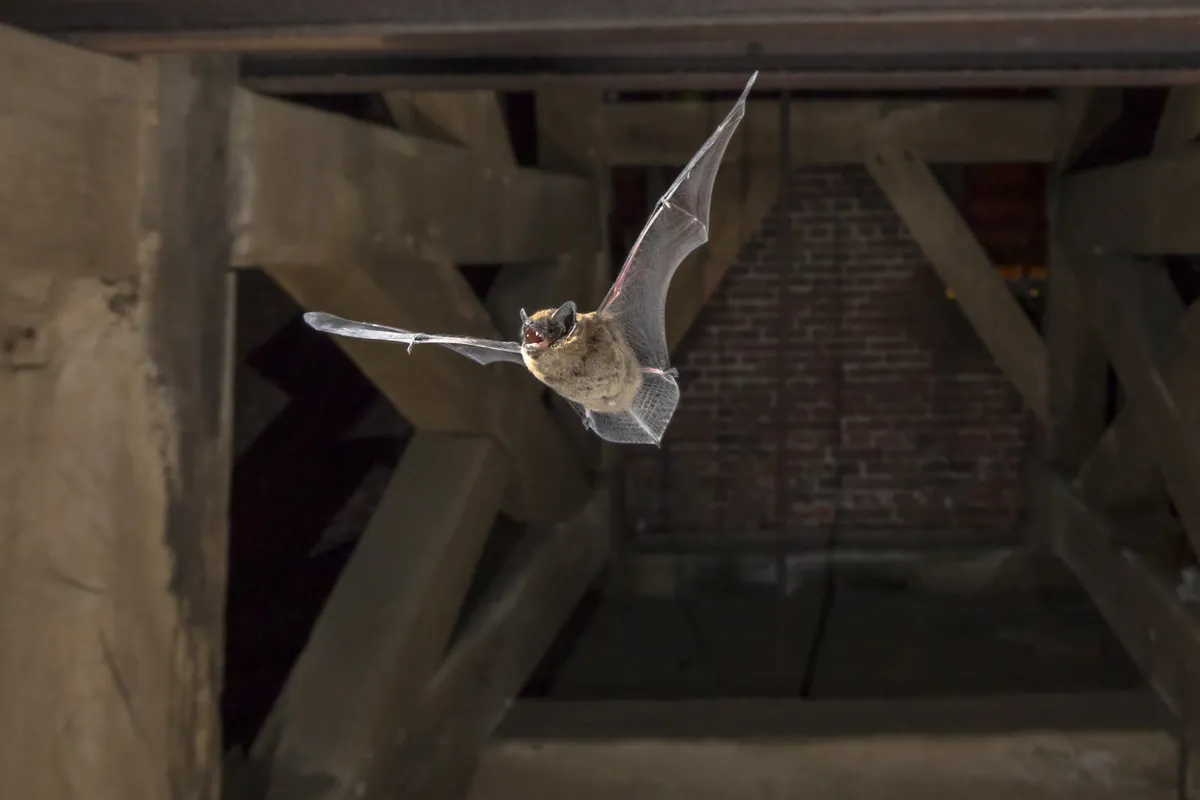
Bats, especially pipistrelles, will sometimes forage outside for insects on warm winter nights, soon returning to hibernation with a slightly fuller stomach.
Hedgehogs are roused naturally about once every 5-27 days. Two to three times each winter, they will use these breaks to relocate to another nest.
Bats, too, sometimes change roost sites during the winter, especially if their roost site becomes too hot or cold. The idea that hibernation includes regular waking up and activity breaks comes as a surprise to many people.
How is climate change affecting hibernation?
The onset of hibernation is generally governed by three things: day-length, temperature and food supplies. There are also some gender and age differences. Day-length is usually the trigger for the deep-seated endogenous changes and preparations, and if it was down to photoperiod alone, the effects of warming would be dampened.
The problem is temperature, and particularly, warming in the spring. This causes hibernators to emerge too early, to exit hibernation while their fat reserves are seriously depleted and before there is enough food to sustain them in the environment.
A study on 14 species of North American hibernators showed that, for every 1°C rise in annual temperature, hibernation was on average 8.6 days shorter and survival was hit, too – down by 5.1 per cent for every degree of warming. Over the same period, non-hibernating rodents were not affected.

Here in Britain, it has been shown that hazel dormice are now hibernating for five weeks fewer than they did 20 years ago.
Meanwhile, it is thought that warming is having the same effect on hedgehogs. Pat Morris, the UK’s hedgehog guru, has suggested mild weather awakens the animals prematurely in spring. It’s also possible that temperate conditions in autumn may encourage females to breed late and enter hibernation late, with compromised fat reserves.
Among newts, the early spring migration to ponds is now a mid-winter event and reports of frogs calling in January proliferate. How will this affect them? Nobody knows.
Among insects, it is thought that warmer winters might encourage destructive pathogens to flourish, while it is also possible that some flowers are blooming too early, before the emergence of enough bees to pollinate them.
As with so many aspects of climate science, cause and effect are difficult to measure and prove.
What is aestivation?
Aestivation is the equivalent process to hibernation, but for animals in hot climates that are trying to escape extreme heat or drought.
Which animals aestivate?
Many terrestrial and aquatic animals, including lungfish, earthworms, snails, amphibians and reptiles, including Nile crocodiles.

How does aestivation work?
Most animals bury themselves in the ground, which protects them from the heat. Here, they wait for the wet season or cooler temperatures. Some land snails climb trees to escape the heat of the ground, sealing themselves into their shells using dried mucus.
Large numbers of aestivating animals perish in periods of prolonged drought.
What is torpor?
Torpor is a brief bout of suspended animation, usually lasting less than a day, when an animal’s breathing, heartbeat, body temperature and metabolism are reduced.
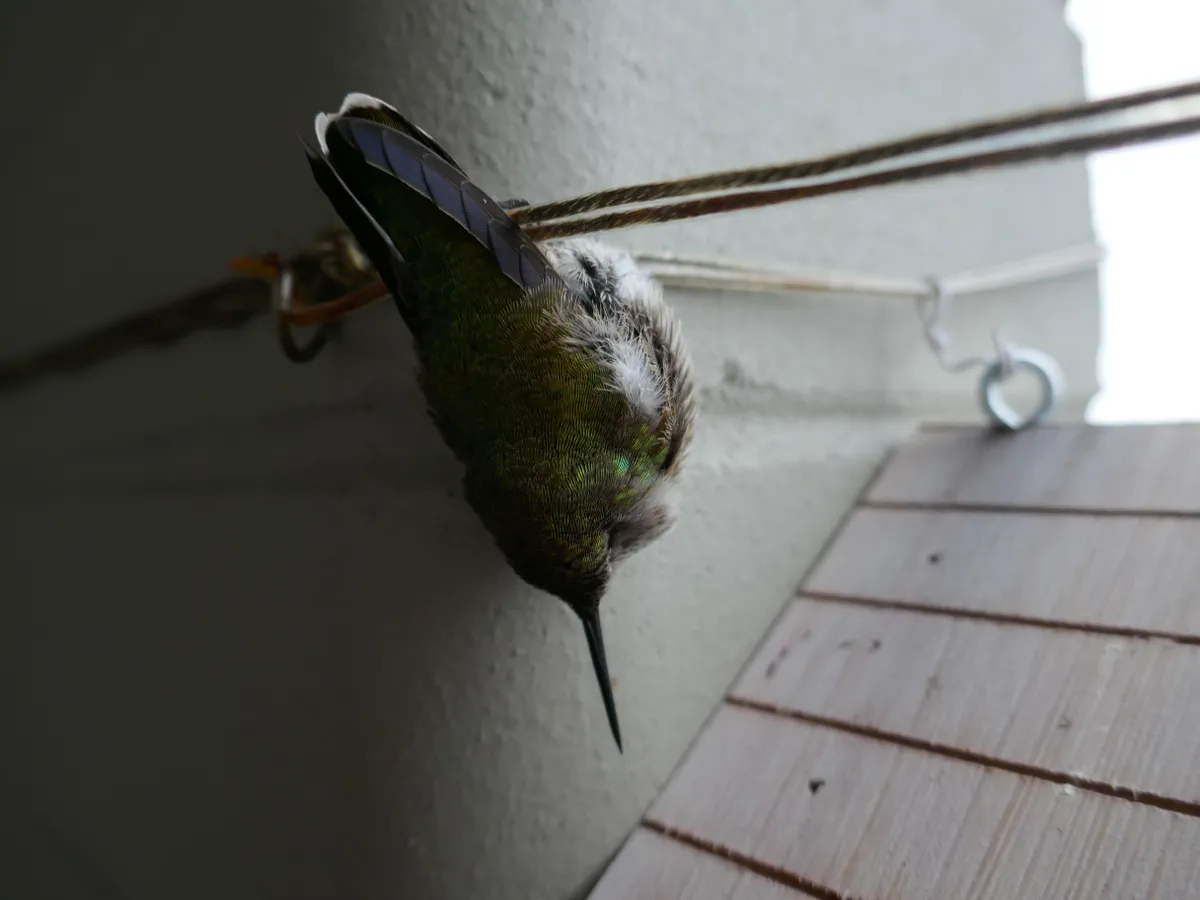
How does torpor work?
Torpor conserves energy in the short term and often helps the animal survive a brief bout of poor conditions, such as cold nights.
Which animals enter torpor?
Birds such as hummingbirds and frogmouths, or small mammals such as bats, can go into torpor every day.
What are the dangers?
One of the problems with torpor is that the animals are too sluggish to react to predators. And, if the cold spell is unusually long, the animal may die if its body temperature drops too low.
What is denning?
Denning is a light form of dormancy typical of bears, where the animal is groggy, but easily roused.
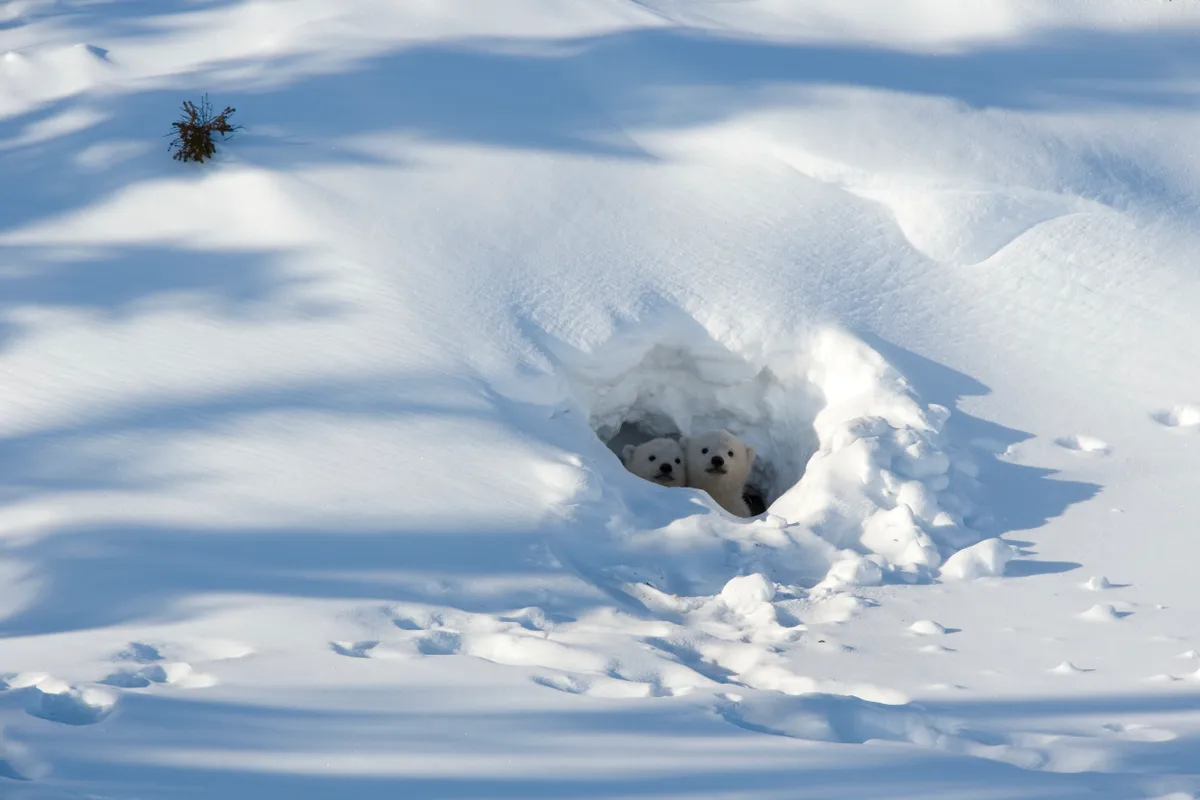
How does it work?
A bear’s body temperature only drops a few degrees, but it loses up to 40 per cent of its body weight – more than true hibernators. Amazingly, many female bears give birth and suckle young while denning.
How do bears prepare for denning?
Bears eat a lot of high-energy food to build-up fat reserves that will last all winter.
What are the dangers?
Bears can be woken easily during a mild spell of weather, but may not have enough energy to survive the rest of the winter.
4 unusual sleepers of the animal kingdom
An aestivating primate
The dwarf fat-tailed lemur of Madagascar is the only known primate to aestivate, using up fat reserves in its tail during a long dry season.
A hibernating bird
The common poorwill, a small species of nightjar, is the only bird known to hibernate. It conceals itself among piles of rocks to escape winter.

A dormant fish
The Antarctic cod Notothenia coriiceps can enter a state of dormancy by lowering its metabolism. Its blood also contains ‘antifreeze’.
A sneaky snake
Male garter snakes are the first to emerge from their winter dens in order to mate with females as they wake up. Some males emit female pheromones to trick their rivals.





